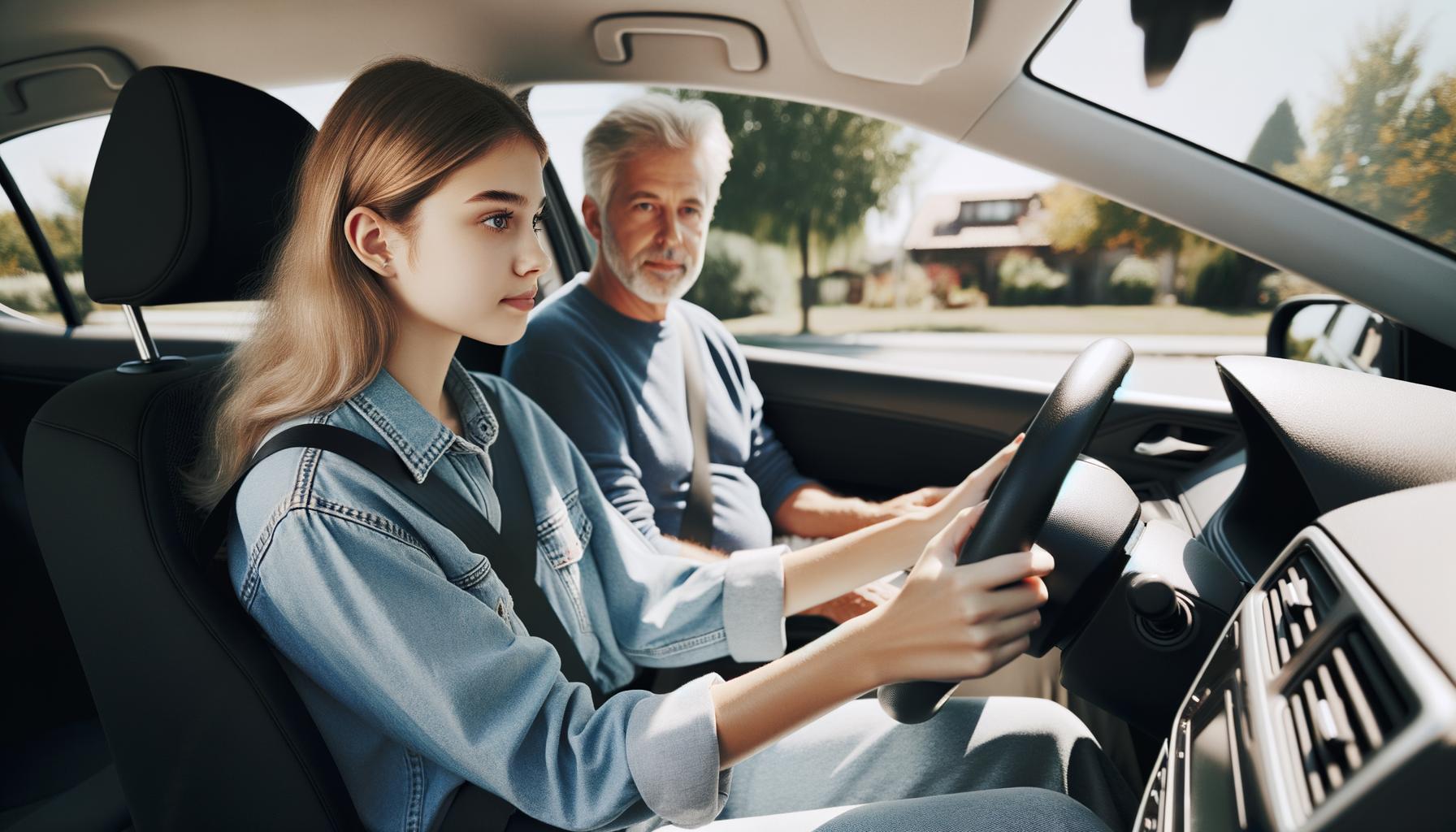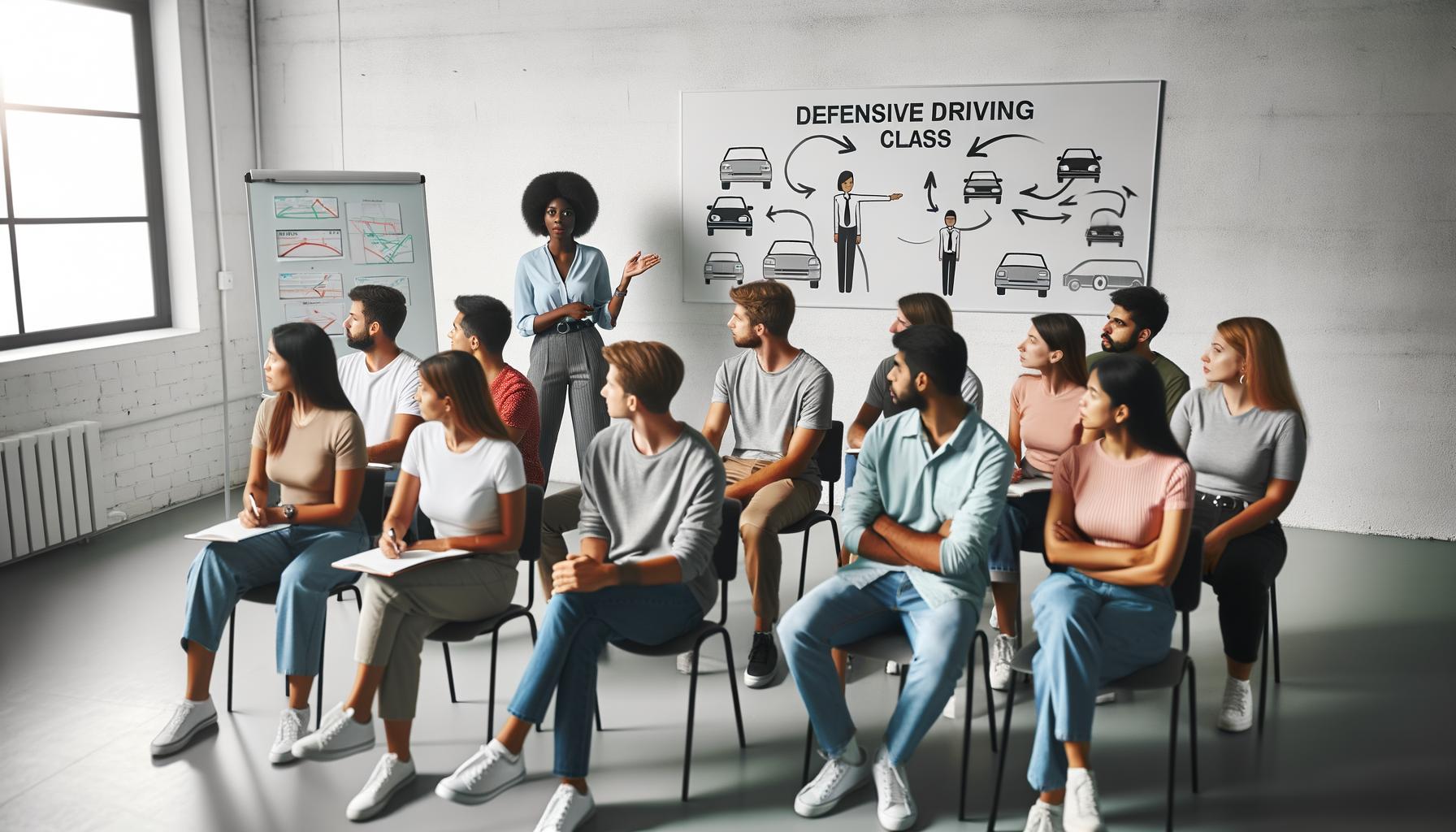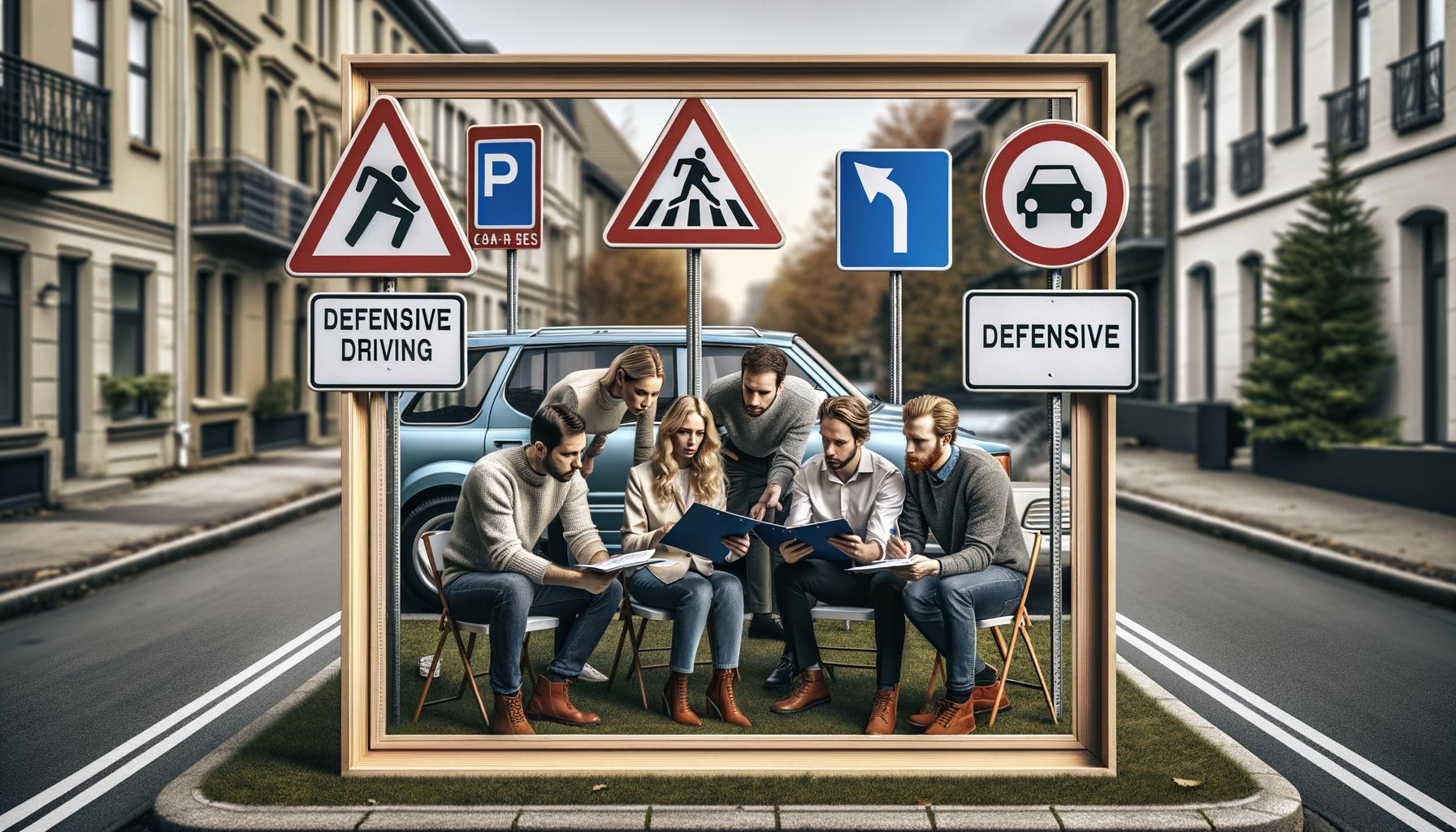Can Anyone Learn to Drive? Debunking Common Myths
Have you ever wondered if everyone can learn to drive? At The Wiser Driver Driving School, we’ve heard countless myths about who can and can’t master the wheel.
The truth is, driving is a skill that most people can acquire with the right guidance and practice. In this post, we’ll debunk common misconceptions and show you how anyone, regardless of age or ability, can become a confident driver.
Busting Driving Myths: The Truth About Learning to Drive
Learning to drive opens doors for everyone, regardless of age, background, or physical ability. Many misconceptions exist about who can become a proficient driver. Let’s address these myths head-on and reveal the truth about learning to drive.
Age is Just a Number
There’s no “perfect” age to learn driving. While teens often start early due to school and social pressures, adults of all ages can learn to drive successfully. The American Automobile Association (AAA) reports that in 2021, preliminary estimates indicate that 42,915 people were killed in motor vehicle crashes. These statistics highlight the importance of proper driver education for all age groups.
Natural Talent vs. Learned Skill
The idea that some people are born great drivers is false. Driving is a learned skill that improves with practice and proper instruction. The National Highway Traffic Safety Administration (NHTSA) emphasizes that anyone can develop good driving skills through proper education and consistent practice. It’s not about innate ability, but about dedication to learning and following traffic rules.
Adapting to New Challenges
For older adults or those with certain disabilities, learning to drive might seem daunting. However, modern adaptive technologies have made driving accessible to a wider range of individuals than ever before. Individuals with disabilities are no longer confined by their body’s limitations, thanks to these innovations.

Personalized instruction and adaptive equipment can help diverse learners succeed. Patient instructors (trained to work with students of all abilities) ensure everyone has the opportunity to become a safe, confident driver.
Breaking Down Barriers
The key to learning to drive isn’t about fitting into a specific mold. It’s about finding the right instruction method that works for you and committing to the learning process. Whether you’re 16 or 60, able-bodied or requiring adaptations, the road is open to all who are willing to put in the effort to learn.
Now that we’ve debunked these common myths, let’s explore how The Wiser Driver Driving School helps individuals from all walks of life become skilled drivers.
How Do We Really Learn to Drive?
The Science of Skill Acquisition
Driving isn’t an innate ability; it’s a complex skill that our brains acquire through repetition and experience. The National Highway Traffic Safety Administration (NHTSA) reports that new drivers need between 30 to 50 hours of supervised practice to become proficient. This fact underscores the importance of consistent, quality instruction.
Breaking Age Barriers
Age doesn’t limit one’s ability to learn driving. While teens often start early, people in their 60s and 70s can successfully learn to drive. The key lies in tailoring the instruction to the individual’s needs and learning pace. For older learners, instructors focus on building confidence gradually and addressing any physical limitations.
Technology Levels the Playing Field
Adaptive technologies have revolutionized driving accessibility. For instance, pedal extensions can adjust the position of gas and brake pedals for those with limited leg mobility. These technologies allow a diverse range of students to learn effectively.
The Power of Persistence
Success in driving comes down to persistence. Students who initially struggle often excel with continued practice. The American Automobile Association (AAA) recommends at least 50 hours of supervised driving practice for new drivers. This commitment to practice (combined with professional instruction) significantly improves driving skills and road safety.
Tailored Instruction for Success
The most successful students approach learning with an open mind and a willingness to invest the necessary time and effort. Whether you’re a teenager eager to hit the road or an adult finally ready to take the wheel, the right attitude and instruction can transform you into a skilled, confident driver.

At The Wiser Driver Driving School, we understand that each learner is unique. Our instructors adapt their teaching methods to suit individual needs, ensuring that every student (regardless of age or background) receives the support they need to succeed. This personalized approach sets us apart and helps our students achieve their driving goals efficiently and effectively.
Learn to drive in an automatic car with our tailored instruction methods.
How We Make Driving Accessible to Everyone
At The Wiser Driver Driving School, we believe that everyone can master driving with the right approach. Our methods accommodate learners of all ages and abilities, ensuring no one misses out on becoming a confident driver.
Personalized Instruction for Every Student
We recognize that each student has unique needs and learning styles. Our instructors adapt their teaching methods to suit individual requirements. For older learners, we build confidence gradually and address any physical limitations. Younger students benefit from our energetic approach that keeps them engaged throughout the learning process.
Advanced Technology for Safe Practice
Our driving school uses state-of-the-art simulators to provide a safe environment for learners to practice their skills. These simulators offer a realistic driving experience without the risks associated with real-world traffic. Recent research has assessed the effectiveness of driving simulators for training purposes, indicating their potential benefits for new drivers.
Adaptive Solutions for Physical Limitations
We make driving accessible to those with physical limitations. Our fleet includes vehicles equipped with adaptive technologies (such as hand controls, left-foot accelerators, and steering aids). These modifications allow individuals with various disabilities to learn and drive safely. The American Association of Motor Vehicle Administrators provides guidelines for implementing various driving-related technologies, which can help ensure safe and accessible driving for all.
Expert Instructors with Diverse Training
Our instructors undergo rigorous training to handle a wide range of student needs. They’re not just experienced drivers; they’re skilled educators who understand the psychology of learning. This expertise allows them to create a supportive, stress-free environment that promotes learning.
Flexible Learning Options
We offer flexible scheduling options to accommodate busy lifestyles. Students can choose from weekday, evening, or weekend lessons (depending on their availability). This flexibility ensures that learning to drive fits into any schedule, making it accessible to working adults, students, and anyone with time constraints.

At The Wiser Driver, we often hear the question: “Can you learn to drive in an automatic car?” The answer is a resounding yes. Learning in an automatic car can be an excellent option for many students, making the driving process more straightforward and allowing learners to focus on road awareness and safety.
Final Thoughts
This post has dispelled common myths about learning to drive. We have demonstrated that age does not limit driving ability, natural talent is unnecessary, and physical limitations often have solutions. Almost everyone can learn to drive with proper instruction and support.

Driving is an attainable skill for most individuals. Success stems from dedication, practice, and quality instruction rather than innate abilities. The Wiser Driver Driving School commits to making driving accessible to all through personalized approaches, modern technology, and experienced instructors.
Can everyone learn to drive? While exceptions exist, the vast majority of people can master this valuable skill. Don’t let myths deter you from starting your driving journey. Visit The Wiser Driver to explore our comprehensive programs designed for drivers of all ages and abilities.
















































